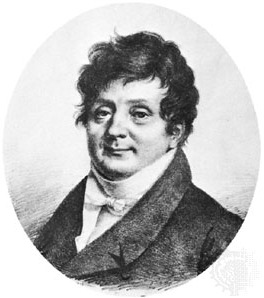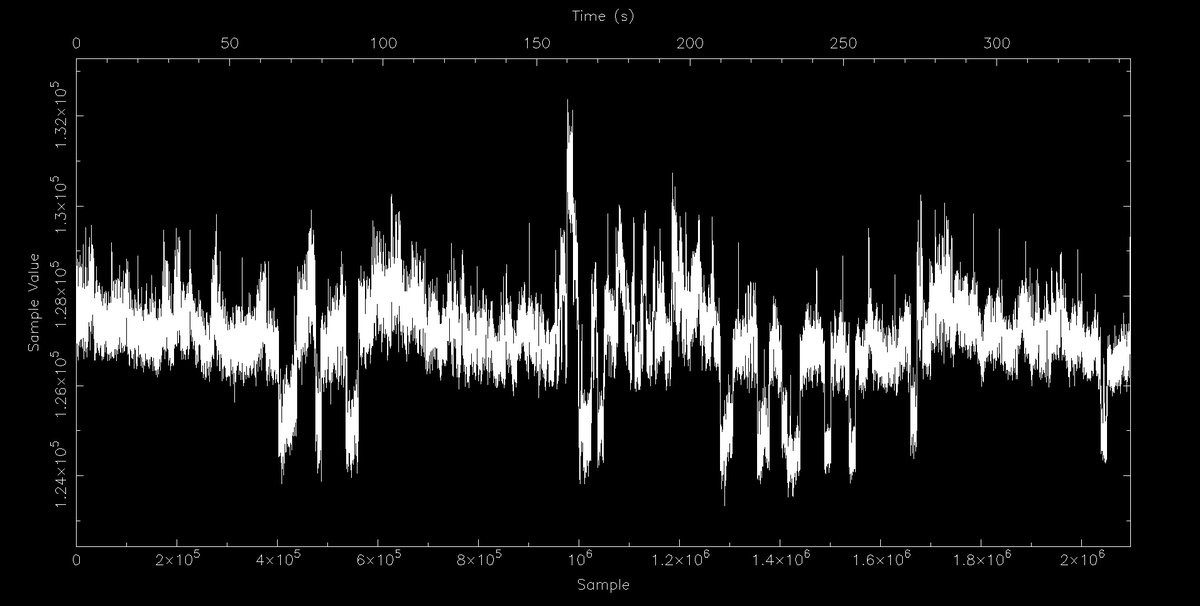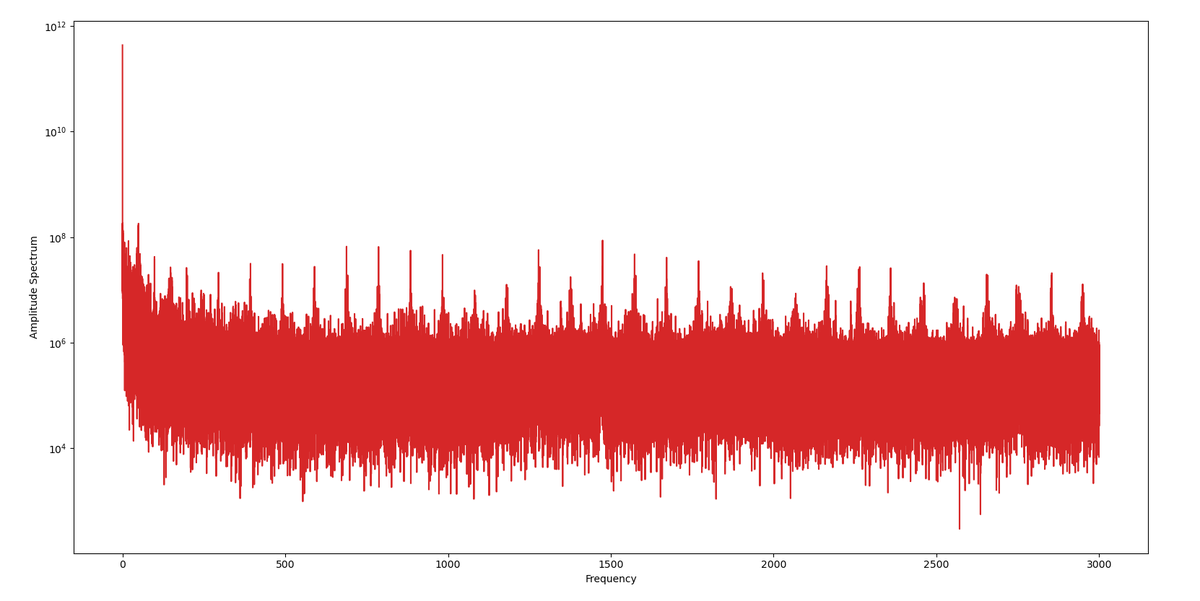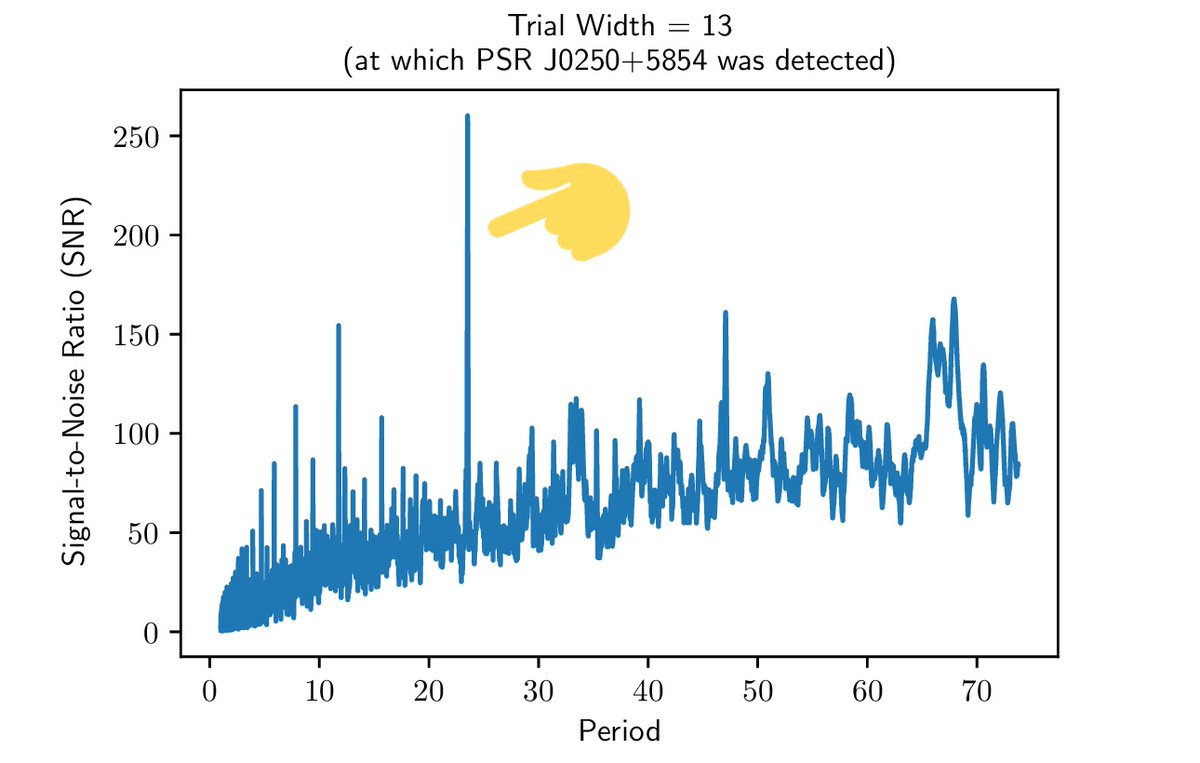Hey folx! My name is Ujjwal Panda and I am taking part in the #GlobalScienceShow!
Today I will be talking abt my work with PULSARS!
Follow along with the whole show and check out @fahmidajahan69 who is up next!
#ScienceFromHome
@MinoritySTEM
Today I will be talking abt my work with PULSARS!
Follow along with the whole show and check out @fahmidajahan69 who is up next!
#ScienceFromHome
@MinoritySTEM
Pulsars are dead stars that radiate enormous amounts of radio waves. There are kinda like lighthouses in space, in more ways than one! To see why that analogy is uncanny, here& #39;s a GIF of a lighthouse. Notice how, when the beam crosses your eyes you see a flash? Well...
...here is a another GIF, thanks to the ppl @ASTRON_NL! This is a pulsar. That light coming of it& #39;s poles? That& #39;s radio waves! Notice how, when the beams cross your eyes, you see a flash again! See what I mean?
Pulsars are wild: they are super small (like 10-12 kilometres in diameter). Consider that the stars they are born from are bigger than our Sun! And they are spinning REALLY FAST! How fast? The fastest is going at 716 rotations PER SECOND!
Go back to that GIF again. There is a squiggle going at the bottom. Like a pen chart, or an oscilloscope. That is how a radio telescope sees a pulsar: as a series of pulses! For reference, here is what the pulses from the first pulsar ever discovered looked like:
Btw, that pulsar was discovered by Jocelyn Bell (below), who had a birthday recently! She had to scan through several meters of pen charts to find the pulses. But in those days, you could actually see the pulses...but I am getting ahead of myself.
( https://abs.twimg.com/emoji/v2/... draggable="false" alt="📸" title="Kamera mit Blitz" aria-label="Emoji: Kamera mit Blitz">: Laura Katherine Finnegan)
https://abs.twimg.com/emoji/v2/... draggable="false" alt="📸" title="Kamera mit Blitz" aria-label="Emoji: Kamera mit Blitz">: Laura Katherine Finnegan)
(
What are radio telescopes? I did write a whole thread on them, but the gist is simple: they are very fancy antennas! They convert radio waves into electric currents, that we can then play around with!
The thread (written for this very show) is here: https://twitter.com/astrogewgaw/status/1263767184267976706?s=19">https://twitter.com/astrogewg...
The thread (written for this very show) is here: https://twitter.com/astrogewgaw/status/1263767184267976706?s=19">https://twitter.com/astrogewg...
So that squiggle was just an electric current! We can now amplify it, process it, measure it, and actually tell something about a pulsar sitting billions and trillions of kilometres away from us! NOW THAT IS COOL!
Now what are we looking for when we see that plot? PERIODICITY! That is the defining characteristic of pulsars: they are right on the dot with their pulses, like a clock, and we can use that to find them.
Physicists and mathematicians have known how to look for repeating patterns since the last 200 YEARS in fact, all thanks to this guy right here: Joseph Fourier. He was a physicist, but he left a lasting impact on maths due to his Fourier series, which led to...
...the FOURIER TRANSFORM! Yes it& #39;s back! This badass is everywhere, even in your ear! (That is a future thread, promise.)
Say you have a pulse that repeats every 10 seconds. What if we take a Fourier transform of it? We will get a plot with a peak at 0.1 Hertz. Since 1 Hertz is 1 cycle per second, that means our pulses are coming at us every 10 seconds. DING, DING DING! We got the period!
But that isn& #39;t the cool part yet. The Fourier transform can do this even when you can& #39;t see if there is a pulse or not. For example, here is an image that shows data from an ACTUAL pulsar! Can you see the pulse?
Probably not! That data looks quite random . And that& #39;s the norm: most pulsar data looks like that, because pulsars are the flickering lightbulbs of the Universe. That is, their pulses are super weak! But the Fourier transform still works, and still finds us our pulsars!
So that& #39;s all we gotta do right? Just hook up our radio telescopes to computers that will take Fourier transforms left and right, and then when we find a pulsar we can go all Archimedes and run naked through the streets, shouting "EUREKA!"?
If only science were that easy (sigh).
If only science were that easy (sigh).
What& #39;s the problem? Check out the Fourier transform of that pulsar we looked at first: do you see any peaks? There are a lot of them, right? But NONE of them are the pulsar we are looking for! Well, almost. Still, that was a successful detection! How did we do that?
Through the MAGICAL POWERS OF SIGNAL PROCESSING! So every peak in a Fourier transform has a lot of relatives, known as it& #39;s HARMONICS. We round then all up and then add them all. That gives us a nice peak!
But that& #39;s isn& #39;t always the case. See that plot of the Fourier transform we just looked at? I zoomed in towards the origin. Notice how it curves upwards as we got left, towards lower frequencies?
That is because of RED NOISE, the mortal enemy of all radio astronomers.
That is because of RED NOISE, the mortal enemy of all radio astronomers.
Noise is usually random and we can use that to get rid of it, through a little bit of maths. But red noise is not completely random. It has a subtle and slow trend to it. And that eats up any pulsars we might get at low frequencies!
TL;DR: Red noise eats up signals from slow pulsars. Any pulsar that goes slower than about 0.1 seconds is slow. No, seriously. Why are we interested in pulsars like that? I answered that question here: https://twitter.com/astrogewgaw/status/1251506515208318977?s=19">https://twitter.com/astrogewg...
Now the Fourier transform hates red noise as much as we all do, because it is REALLY vulnerable to it (as we have seen). So what do we do? We leave it behind and look for an alternative (sorry old buddy). That alternative is the Fast Folding Algorithm, a.k.a. the FFA!
Folding? We doing origami now? Well, yea! Let& #39;s draw our pulsar signal on a long paper (like Jocelyn). If we fold it at just the right places, the pulses will overlap! We can do that inside our computers too! If we do it REALLY fast, we call it the FFA!
See, folding pulsar signals like that is a lot of maths. The FFA uses tricks from maths to make our jobs easier and faster: it is the better way to do folding. And the FFA is way better than the Fourier transform at its job! Need proof? Well...
...this is the plot I got from my work last year, when I fed the FFA some data which had a pulsar whose period I knew. See the peak, clear as day? The Fourier transform could not give us that!
So that& #39;s what I do: I code a lot in Python so that computers can process a lot of data, from an array of radio telescopes, using the FFA instead of the Fourier transform. The hard part? It has to do all this on it& #39;s own, without any input from anyone. So I needed to automate!
BONUS! I have a new article up on my blog, and it is about PULSARS! So if you want more, check out the next tweet for an introduction to the article and the link!
"As galaxies collide, the Universe shivers..."
The Universe is shivering with the tremors of gravitational waves. But can we detect them? Plus what are pulsar doing here?
My new article, "The Shivering Universe", answers all these questions and more! https://astrocommunique.netlify.app/post/shivering_uni/">https://astrocommunique.netlify.app/post/shiv...
The Universe is shivering with the tremors of gravitational waves. But can we detect them? Plus what are pulsar doing here?
My new article, "The Shivering Universe", answers all these questions and more! https://astrocommunique.netlify.app/post/shivering_uni/">https://astrocommunique.netlify.app/post/shiv...
Tagging some of the pulsar people:
@SciBry
@hwahl16
@waddyEXE
@SpaceBoe
@bstappers
@pulsargirl
@swiggumj
@shivibhandari
@pleasefftme
@jfkaczmarek
@Lommenator
@matthewbailes
Some orgs:
@TheNRAO
@UoM_Pulsars
@CSIRO_ATNF
@ASTRON_NL
@NCRA_Outreach
@GreenBankObserv
@SciBry
@hwahl16
@waddyEXE
@SpaceBoe
@bstappers
@pulsargirl
@swiggumj
@shivibhandari
@pleasefftme
@jfkaczmarek
@Lommenator
@matthewbailes
Some orgs:
@TheNRAO
@UoM_Pulsars
@CSIRO_ATNF
@ASTRON_NL
@NCRA_Outreach
@GreenBankObserv
As always, sorry for all the tagging  https://abs.twimg.com/emoji/v2/... draggable="false" alt="🥺" title="Pleading face" aria-label="Emoji: Pleading face">. Just thought y& #39;all might like this pulsar representation
https://abs.twimg.com/emoji/v2/... draggable="false" alt="🥺" title="Pleading face" aria-label="Emoji: Pleading face">. Just thought y& #39;all might like this pulsar representation  https://abs.twimg.com/emoji/v2/... draggable="false" alt="😁" title="Grinsendes Gesicht mit lächelnden Augen" aria-label="Emoji: Grinsendes Gesicht mit lächelnden Augen">! If you want, do share this tweet with other pulsar/FRB astronomers who I may not know are on Twitter. Also, check out the article on PTAs!
https://abs.twimg.com/emoji/v2/... draggable="false" alt="😁" title="Grinsendes Gesicht mit lächelnden Augen" aria-label="Emoji: Grinsendes Gesicht mit lächelnden Augen">! If you want, do share this tweet with other pulsar/FRB astronomers who I may not know are on Twitter. Also, check out the article on PTAs!

 Read on Twitter
Read on Twitter
 : Laura Katherine Finnegan)" title="Btw, that pulsar was discovered by Jocelyn Bell (below), who had a birthday recently! She had to scan through several meters of pen charts to find the pulses. But in those days, you could actually see the pulses...but I am getting ahead of myself.(https://abs.twimg.com/emoji/v2/... draggable="false" alt="📸" title="Kamera mit Blitz" aria-label="Emoji: Kamera mit Blitz">: Laura Katherine Finnegan)" class="img-responsive" style="max-width:100%;"/>
: Laura Katherine Finnegan)" title="Btw, that pulsar was discovered by Jocelyn Bell (below), who had a birthday recently! She had to scan through several meters of pen charts to find the pulses. But in those days, you could actually see the pulses...but I am getting ahead of myself.(https://abs.twimg.com/emoji/v2/... draggable="false" alt="📸" title="Kamera mit Blitz" aria-label="Emoji: Kamera mit Blitz">: Laura Katherine Finnegan)" class="img-responsive" style="max-width:100%;"/>









